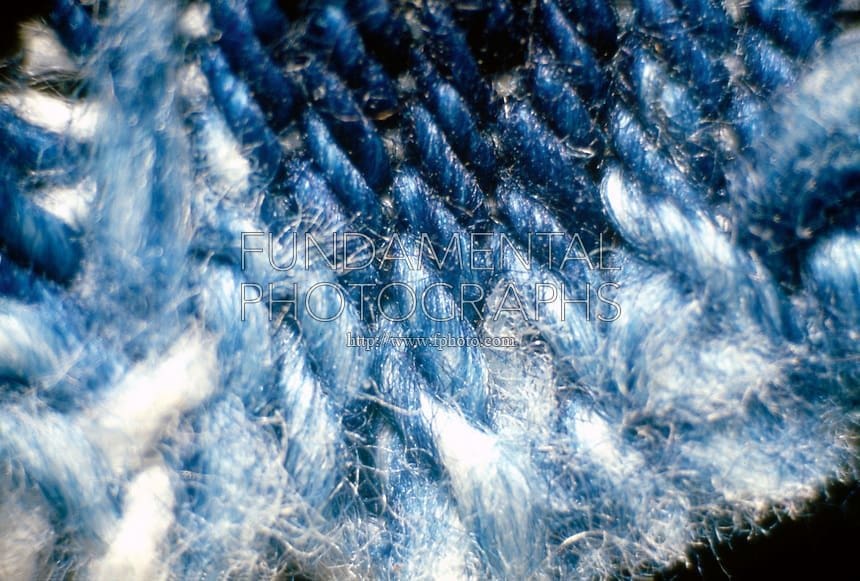Does ecological balance is at stake? It doesn’t seem much in daily life but it is gradually changing social and environmental scenarios on a global level. What are we doing presently will silhouette the tomorrow for sure? Emerging toxicity is slowly choking purity and mineral equilibrium of air and water resources. What are the reasons behind such colossal pollution?
There are plenty of other reasons but being the second largest source for emerging pollution Textile Industry is heavily affecting the ecological balance.
Is there any sense of self-realization in the Textile Industry?
If we compare the depiction from the phase a few decades ago, it can be said that Textile The industry has started sensing the utility of sustainability and collective efforts are made towards maintaining the ecological balance.
Is something still there restricting the industry from making more impactful efforts to reach sustainability? Yes, there is, and it’s the hesitation to acclimatize the change and being distinct from the rest. A sense of realization is certainly there, but having a will to acclimatize the change may take time. People have worked on several areas of Textile from Supply Chain to Processing to Finishing but Natural Dye is a kind of unexplored area.
Textile Industry is probing a permanent solution for sustainability since 1995. Millions of dollars are done and dusted; even then the situation has not changed much. In the year 1995, Azo dyes were banned due to the presence of hazardous substances. It is quite surprising to know that a cotton fabric comes in contact with around 800 chemicals until it transforms into a final product. At that time, only 70-80 hazardous substances were researched and banned to use in dyes. Research on substances is a constant process and as per the outcome of research, bans are levied on substances. Therefore, a synthetic dye which had passed the previous certification may fail in the next. This is the reason industry hasn’t witnessed an inspiring change in
emerging toxicity.
What is such change and what is the most prolific solution for sustainability? Probably one of the answers is Natural Dyes. Since emergence, Natural Dyes have passed all the certifications and standards without any modification.
Veracity of Aniline-Free Products
One of the common things happening is that a product that is made a bit different from the existing ones is highlighted or promoted as a unique product. It can be sensed sometimes that concern has been shifted towards making unique product rather than making right, safe and environmental-friendly product. For instance, if you look at the hair dye segment, products are promoted by stating they are ‘Ammonia-Free’. But the matter of fact is different as Ammonia is not a color giving component, its PD that provides color to hair-dyes and until it remains in the component, hair- dyes stay allergen.
We were speaking to the owner of AMA Herbal – Mr Yawar – and according to him he has a solution which the denim industry must look at – the BIO INDIGO (Natural Indigo).He says “If you are finding a product which is unique then you can go for the Aniline-Free product but ifyou like to go for a product which should be environmental friendly and sustainable as well you should go for Bio Indigo.”
Reference-https://www.denimsandjeans.com/denim-fabric-developments/natural-dyes-confronting-prejudice-synthetic-arena/41364

